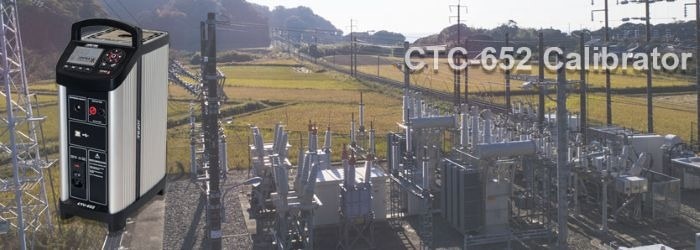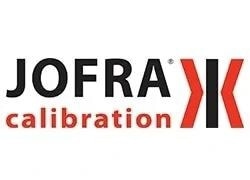Calibrating Capillary Thermometers
As technology evolves, there is an increasing demand on existing energy infrastructure. Electronic vehicles (EVs) are a prime example of this. Although they are more environmentally friendly than many fuel-based vehicles, charging them places excess power demands on power grids that are already stretched.

Image Credit: AMETEK - JOFRA Calibration
These grids are reliant on high-powered transformers to generate energy, and when pushed too far, the risk of power outages or costly equipment failures increases. Balancing sustainability with infrastructure resilience is becoming increasingly necessary.
Understanding the role of temperature in transformer performance is key to protecting the equipment and maintaining efficiency. Excess heat is one of the most common causes of reduced transformer lifespan.
Although an extreme over-temperature event may lead to an explosion, repeated moderate over-temperature events can also reduce a transformer’s lifespan. Many transformers have insulation to help sustain the highest levels of efficiency, and broad temperature variations within transformers can harm insulation, leading to a decrease in efficiency.
Transformers produce excess heat while generating energy. Although this heat production is unavoidable, it can be controlled. Energy producers use temperature equipment to track transformer temperatures and let technicians know when certain limits have been reached.
Despite the rise of advanced digital monitoring tools, many energy producers continue to rely on capillary temperature thermometers as a final safeguard against transformer overheating.
These thermometers feature extended probes (between four and six inches or 100 and 150 mm) that technicians place inside the transformer to assess oil temperature. A liquid-filled capillary transmits the temperature reading to a dial display, often equipped with alarm indicators.
Some systems have several warning steps, meaning a technician will be notified multiple times as the temperature reaches certain critical levels.
Due to the potential problems that arise with excess temperature, having a precise reading from capillary thermometers is essential. Just one degree off could spiral into massive energy downfalls.
However, this equipment degrades and must be regularly calibrated and verified with trusted equipment as a result. But, due to the temperature probe’s length and the fact that the whole probe is a part of the sensing element, finding the most appropriate tools for proper calibration can be difficult.
AMETEK’s Solution
The JOFRA CTC-652 is AMETEK’s solution. Built specifically to meet this need, it comes with the deepest calibration well in an industrial temperature calibrator, measuring 190 mm /7.48 inches. This deep well makes it possible for technicians to put the whole capillary sensing probe inside the calibrator.
This avoids the problem faced by other calibrators when half of the probe sticks out of the well and is subjected to ambient temperature. Aside from the whole probe fitting in the well, the CTC-652 also ensures a homogeneous temperature throughout the well, enhancing calibration accuracy even more. AMETEK has even used an automatic switch test function for numerous test runs.
In addition to the deep well, AMETEK has designed the CTC-652 to be compact, lightweight, and easy to carry and transport. Its size and shape allow technicians to use it in a lab and bring it to field locations to carry out on-site calibrations. To further protect the instrument under testing, it also includes a feature that limits the upper-temperature limit (with a maximum of 652 °), aligning with that of the capillary thermometer.
AMETEK’s CTC series additionally includes Mains-Power Variance Immunity (MVI) to enhance temperature stability. Unstable mains power supplies significantly contribute to calibration inaccuracies. Conventional temperature calibrators typically become unstable in industrial settings where sizable electrical motors, heating elements, and other devices are regularly cycled on and off.
Such a cycling of supply power can cause lower-quality temperature regulators to be inconsistent, leading to inaccurate readings and unstable temperatures. The CTC series uses the MVI to prevent such stability issues. MVI circuitry continuously tracks the supply voltage and ensures energy constantly flows to the heating elements.
To view a PDF copy of this article, click here. For further information on the CTC-652, please visit our CTC webpage here.

This information has been sourced, reviewed, and adapted from materials provided by AMETEK - JOFRA Calibration.
For more information on this source, please visit AMETEK - JOFRA Calibration